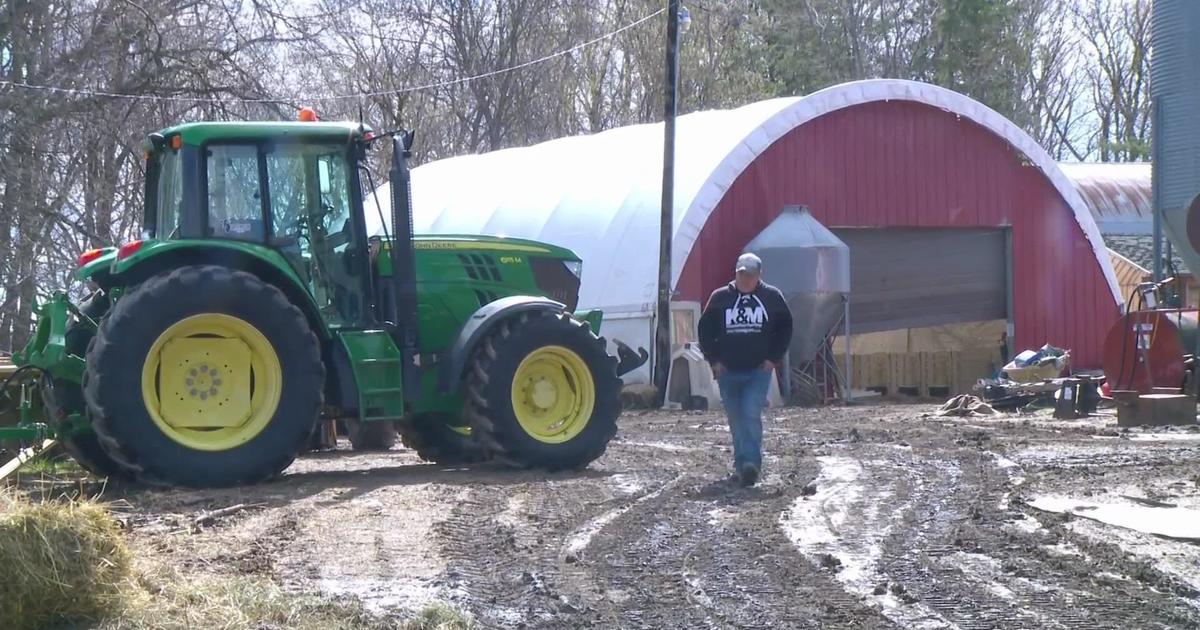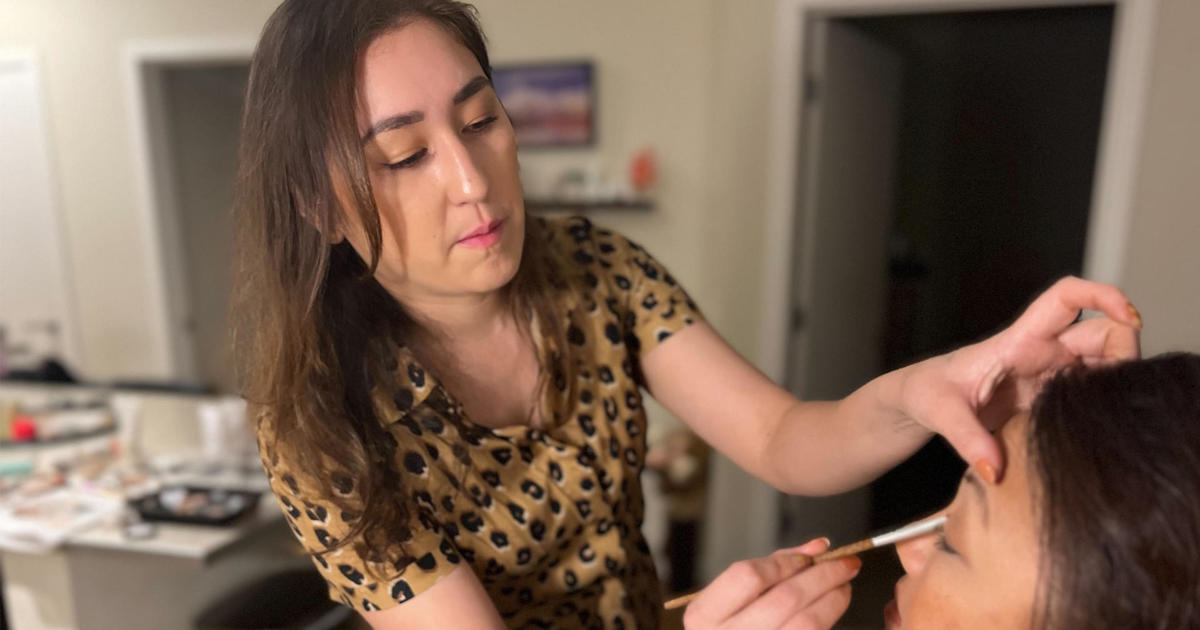Why Are Vaccines Injected Into Our Arms?
This was originally published on April 6, 2021.
MINNEAPOLIS (WCCO) -- A least 1.8 million Minnesotans have rolled up their sleeves to get a potential lifesaving shot in the arm to fight COVID-19.
Vaccine injection is nothing new, especially during flu season.
But it still has us wondering. Why are vaccines injected into our arms? And what happens once it's in our muscle? Good Question.
It's a tear-shedding, fear-fueling part of life from childhood until our later years. Vaccines protect us from a variety of diseases and viruses, most notably COVID-19. But getting one more often than not is a prickly process.
Why are many vaccines administered as a shot?
"A goal of most vaccines is to induce a strong immune response," said Dr. Marc Jenkins, director of the Center of Immunology at the University of Minnesota. "And the place in the body where you can do that the best are in organs called lymph nodes."
Sticking the needle directly into our muscles is the best way to reach those lymph nodes.
"If we get a vaccine shot in our arm, into our muscle, there are lymphatic vessels that will carry the vaccine to lymph nodes in our armpits," he said.
The upper arm, or deltoid muscle, has become the primary route for injection. But what about that other, often larger muscle, located just below our backs and above our thighs? Dr. Jenkins says the answer for why a buttocks injection is skipped is a practical one.
"I don't know about you but I'm a little more willing to bare my arm in public than where you're talking about," he joked.
A scary as shots can be, vaccinations have come a long way.
Hundreds of years ago in China, historians say people would scratch a smallpox sore into a healthy person's arm.
By the 20th century, vaccines helped eradicate smallpox and polio in the United States.
"Kids today get a lot more vaccines than I got in 1960," said Jenkins.
Administering vaccines has evolved beyond injection. A nasal spray now helps fight the flu.
But why can't we just take a pill?
"Vaccine molecules, the actual spike protein in the case of the coronavirus vaccine, are relatively large. And they have a hard time getting from the inside of your intestine into the lymph nodes where the immune response has to happen," Jenkins said.
Another vaccination method being researched right now involves a patch, similar to a bandage. Jenkins said the patch has microneedles on it that painlessly press into the skin to administer the vaccine.
"Certainly animal studies show those kind of microneedles vaccines are effective, they work," he said.
Ultimately shots are cost effective and adults have for the most part accepted the brief sting of a shot.
So roll up your sleeves or throw on a t-shirt. Jenkins promises when it comes to the COVID-19 vaccine, "You're gonna barely feel it."




